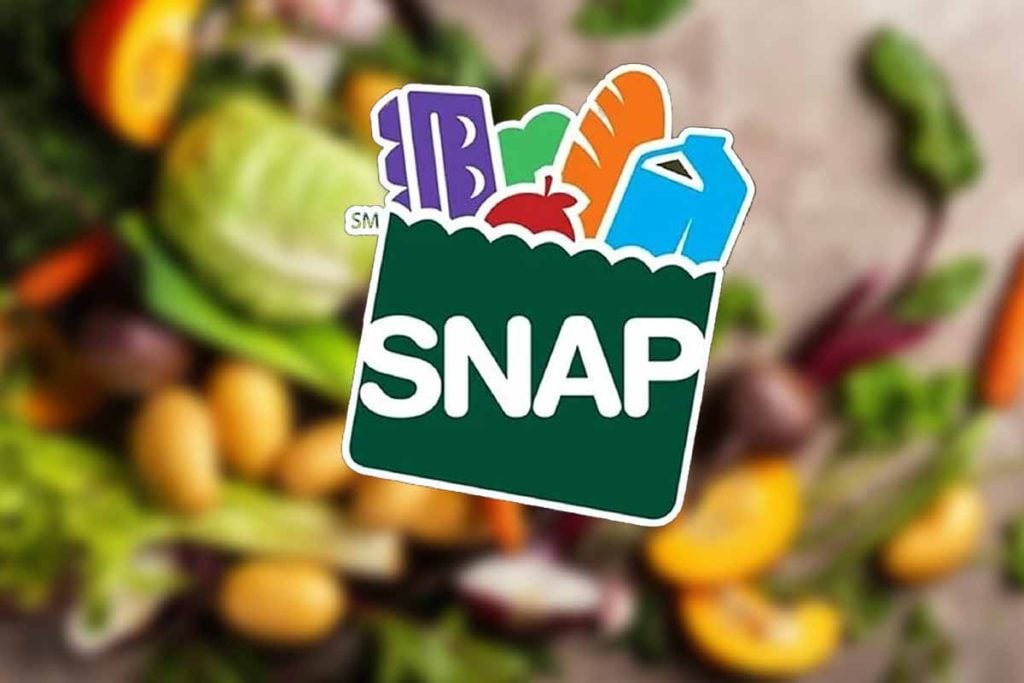Rules shift next month, and the clock starts for thousands who rely on SNAP benefits. The change ends a long-standing waiver and brings fresh screening, interviews, and monthly certifications. Because the timeline moved up, counties face a heavy lift while recipients face new steps. Stay focused: know what counts, track hours, and respond fast to every notice.
What changes now and why the schedule moved
Congress passed “The Big Beautiful Bill,” which ends the waiver that let states skip work rules. That end was planned for February 28, 2026, so offices were building a plan. Because the deadline now arrives sooner, counties must switch from planning mode to action, while households learn new standards and timelines.
The Trump administration moved the schedule up by five months. In counties such as Allegany, the start for notices, interviews, approvals, or denials is November 2, 2025. Caseworkers will send letters, take calls, and book interviews. Recipients of SNAP benefits will need to read every letter, since silence can lead to missed steps and a loss of support.
County Social Services leaders await a state “game plan” for the rollout. While they wait, teams prepare call scripts, interview checklists, and mailing lists. Offices also adjust staff, since screening adds volume. People who comply early reduce stress later, because files move faster when documents and hour logs are ready.
Who must show 80 hours to keep SNAP benefits
The rule targets able-bodied adults without dependents, often called ABAWDs. It applies up to age 64. Parents with a child under 14 do not fall in this group. Because rules differ by case, read each notice carefully. Age, household makeup, and health documents affect who must certify.
Qualifying activity totals at least 80 hours per month. Work for pay counts, and so do verified classes or approved job training. Volunteering with an eligible program can also meet the bar. Since hours can mix, keep a simple log and collect proof. Pay stubs, class schedules, and volunteer slips all help during interviews.
Disabled New Yorkers are not asked to certify monthly when medical documents are on file. Submit clear records early, so the system reflects your status. If health changes, update your file quickly. Because the timeline is tight, quick updates spare you an interview you do not need and prevent avoidable interruptions.
How counties will screen, certify, and follow up
Departments will contact thousands of current recipients. Letters explain who must interview, what to bring, and when. Phone lines and in-person windows will back up, so plan ahead. Since missed calls slow cases, use online tools where offered, and confirm your contact details are correct on every form and envelope.
Screening verifies identity, hours, and qualifying activities. Caseworkers check pay stubs, class rosters, and volunteer logs. They also review age, dependents, and disability status. Because records must be current, bring the latest proof. A clear folder with monthly tabs helps, while email receipts back up paper. Small habits protect your eligibility.
Certification decisions follow the interview. Approvals set the next review date and the monthly reporting method. Denials explain why and how to fix issues. If something seems off, ask for a supervisor review right away. You have rights, and quick questions save time. Keep notes of every call, visit, and message.
Local scale and numbers tied to SNAP benefits
The scope is large. According to county figures, about twelve percent of residents in Allegany and Steuben receive assistance. In Allegany County, that is nearly 5,000 people; in Steuben, closer to 12,000. Because each case needs screening, even small delays multiply, so early responses reduce lines and speed results.
Allegany County Commissioner of Social Services Don Horan described the first step: “Social Services will begin to mail out important information regarding Able Bodied Adult Without Dependents (ABAWD) requirements for those that have been identified in the state welfare management system.” Expect multiple notices as files move through screening, then certification, and later reporting.
The USDA waiver New York State held is ending. That cancellation compresses the schedule for both staff and clients. Offices must add tracking, while people gather proof of hours. Because the window is short, prepare now. Set reminders for shifts, classes, or volunteer times. Organized records avoid last-minute scrambles.
What recipients should do now to stay eligible
First, make a simple monthly tracker. List dates, shifts, class hours, and volunteer sessions, then total them. Keep logs and proof together. Because hours can combine, even a short class helps. Ask your caseworker about approved programs, since training or service can close gaps when work hours drop.
Second, watch your mail. Letters include dates for interviews, requests for proof, and decisions. If you move, update your address the same day. Since lost mail causes missed steps, opt in to texts or emails when possible. Save every message. A quick reply often prevents a hold or an avoidable denial.
Third, bring questions to your county office early. Staff can explain forms and acceptable proof. If transportation is hard, ask about phone interviews or drop boxes. Because some offices offer extended hours, check schedules. Use community partners for help with résumés or class sign-ups, so your monthly total stays on track with SNAP benefits rules.
Why this shift matters and how to face it calmly
The timeline moved, yet the path is clear: know whether you are an ABAWD, track activities that count, and respond fast. Since counties must screen thousands, early action protects your case. Keep copies, confirm details, and ask for help when needed. With steady steps, SNAP benefits remain secure through the change.
